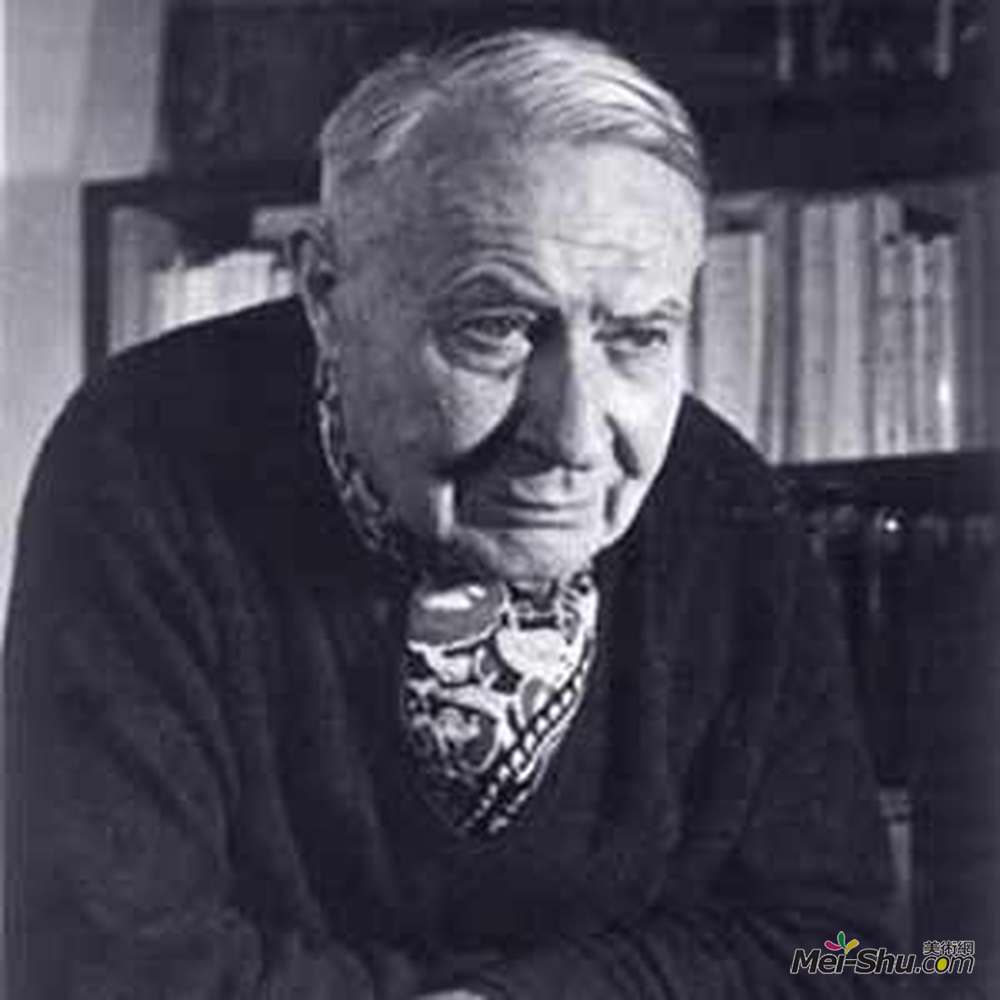
马松(Andre Masson)
艺术家: 马松
生于: 1896年1月04日;泰兰河畔巴尔拉尼,法国
卒于: 1987年10月28日;法国巴黎
国籍: 法国
流派: 超现实主义
领域: 绘画
马森出生于欧伊西州的巴拉格尼-苏拉普雷恩,但在比利时长大。他11岁时开始在布鲁塞尔皇家美术学院学习艺术,在康斯坦·蒙特勒德的指导下学习美术,后来在巴黎学习。第一次世界大战期间,他为法国而战,受重伤。他的早期作品对立体主义有浓厚的兴趣。后来,他与超现实主义联系在一起,他是最热衷于自动绘画的雇主之一,用钢笔和墨水创作了许多自动作品。马森经常强迫自己在严格的条件下工作,例如,长时间不吃不睡,或在药物的影响下。他认为,强迫自己进入一种意识的减退状态有助于他的艺术摆脱理性的控制,从而更接近潜意识的运作。
从1926年开始,他尝试着把沙子和胶水扔到画布上,并围绕着画布画油画。形成的HAPEs。然而,到了20世纪20年代末,他发现自动主义相当狭隘,他离开了超现实主义运动,转而转向一种更有条理的风格,经常创作带有暴力或色情主题的作品,并针对西班牙内战创作了许多绘画(他联想到在20世纪30年代末与超现实主义者再次相遇。
在第二次世界大战期间德国占领法国时,他的作品被纳粹谴责为堕落。在马赛的瓦里安·弗雷的协助下,马森乘船逃离纳粹政权,前往法国马提尼克岛,在那里他前往美国。抵达纽约后,美国海关官员检查了马松和39号的行李,发现了他的色情图纸。他们谴责他们是色情作品,他们在艺术家和39的眼睛前撕了起来。生活在康涅狄格州新普雷斯顿的他的作品对美国抽象表现主义者如杰克逊·波洛克产生了重要影响。战争结束后,他回到法国,定居在普罗旺斯艾克斯,在那里他画了许多风景画。
马森在1936年为乔治·巴泰勒·安普·法尔的第一期评论《Ac&phale》作封面,直到1939年为止一直参与其中的所有问题。他的继兄弟,精神分析家雅克·拉康,是古斯塔夫·库尔贝的挑衅画作《世界起源》的最后一位私人拥有者;拉康要求马森画一幅超现实主义的变体。
Artist :Andre Masson
Additional Name :André-Aimé-René Masson
Born : Balagny-sur-thérain, France
Died : Paris, France
Nationality :French
Art Movement :Surrealism
André-Aimé-René Masson was born in Balagny-sur-Thérain, Oise, but was brought up in Belgium. He began his study of art at the age of eleven in Brussels, at the Académie Royale des Beaux-Arts under the guidance of Constant Montald, and later he studied in Paris. He fought for France during World War I and was seriously injured.
His early works display an interest in cubism. He later became associated with surrealism, and he was one of the most enthusiastic employers of automatic drawing, making a number of automatic works in pen and ink. Masson would often force himself to work under strict conditions, for example, after long periods of time without food or sleep, or under the influence of drugs. He believed forcing himself into a reduced state of consciousness would help his art be free from rational control, and hence get closer to the workings of his subconscious mind.
From around 1926 he experimented by throwing sand and glue onto canvas and making oil paintings based around the shapes that formed. By the end of the 1920s, however, he was finding automatism rather restricting, and he left the surrealist movement and turned instead to a more structured style, often producing works with a violent or erotic theme, and making a number of paintings in reaction to the Spanish Civil War (he associated once more with the surrealists at the end of the 1930s).
Under the German occupation of France during World War II, his work was condemned by the Nazis as degenerate. With the assistance of Varian Fry in Marseille, Masson escaped the Nazi regime on a ship to the French island of Martinique from where he went on to the United States. Upon arrival in New York City, U.S. customs officials inspecting Masson's luggage found a cache of his erotic drawings. Denouncing them as pornographic, they ripped them up before the artist's eyes. Living in New Preston, Connecticut his work became an important influence on American abstract expressionists, such as Jackson Pollock. Following the war, he returned to France and settled in Aix-en-Provence where he painted a number of landscapes.
Masson drew the cover of the first issue of Georges Bataille's review, Acéphale, in 1936, and participated in all its issues until 1939. His stepbrother, the psychoanalyst Jacques Lacan, was the last private owner of Gustave Courbet's provocative painting L'Origine du monde (The Origin of the World); Lacan asked Masson to paint a surrealist variant.